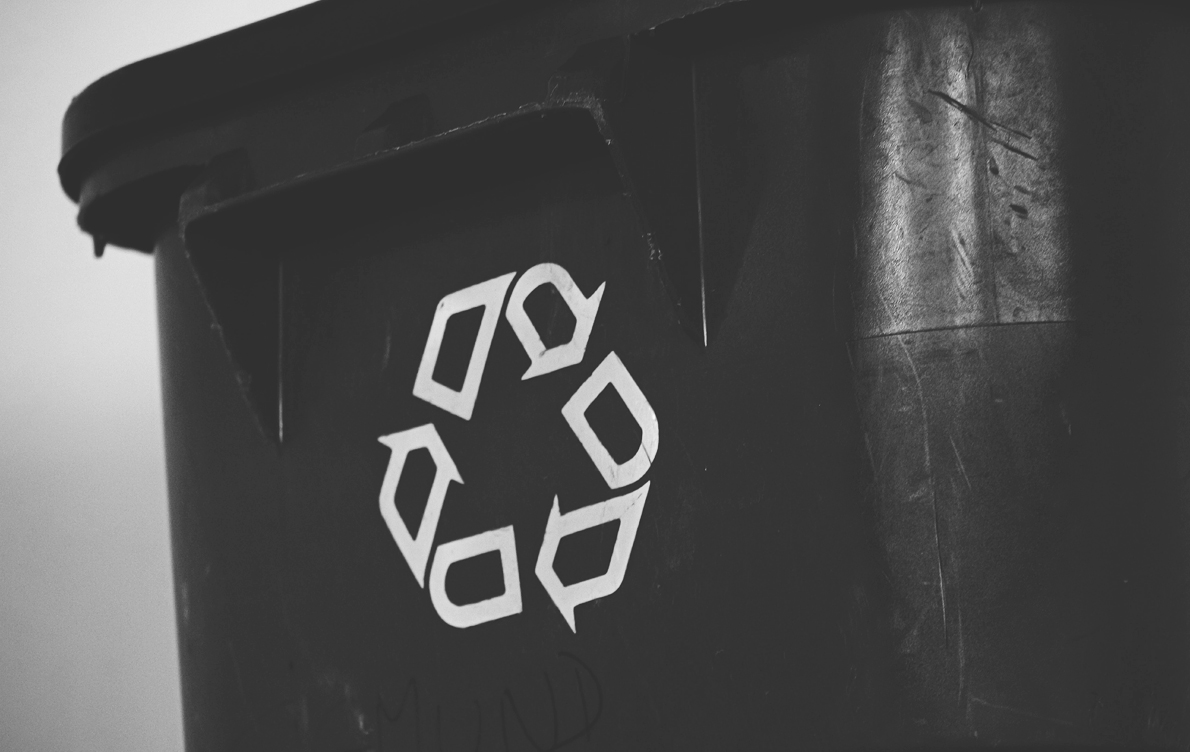Public Notification and Outreach Rule Update
This article is a follow-up to our prior post of July 31, 2009 dealing with this issue. As you may know, the New Jersey Department of Environmental Protection (“NJDEP”) enacted a notification and public outreach rule, N.J.A.C. 7:26E-1.4 et seq., in September of 2008. The regulation requires responsible parties who are conducting an environmental investigation or remediation at contaminated sites to provide various public notifications and outreach activities. In general, the notification letters contain the name of the responsible party, address, tax block and lot, NJDEP ID number, brief description of the type of contaminant and actions being taken, contact information and a statement indicating the municipality may request that the person conducting the remediation provide copies of all environmental reports. The regulation provided that most of these notifications had to be completed prior to September 2, 2009.
As the cases have progressed and the new Licensed Site Remediation Professional Program has been implemented, responsible parties may have been distracted from the details of this public notification rule. Specifically, the public notification and outreach requirements are continual. If a responsible party chose to comply with its public notification requirements by sending letters to owners and operators of property within 200 feet of the site boundary instead of posting a sign, updated notification letters detailing the current condition and progress of their remediation must be sent every 2 years until all the required remediation is completed and the final remediation document is filed or issued (No Further Action Letter or Response Action Outcome). Therefore, if you sent out public notification letters prior to the former September 2, 2009 deadline and your cleanup is not yet complete, you must issue updated public notification letters prior to September 2, 2011. Two years ago, we were skeptical as to the reaction the public would have to these notification letters, but for the most part, the reaction has not been significant or problematic.
As the law continues to evolve on these matters, please note that this article is current as of date and time of publication and may not reflect subsequent developments. The content and interpretation of the issues addressed herein is subject to change. Cole Schotz P.C. disclaims any and all liability with respect to actions taken or not taken based on any or all of the contents of this publication to the fullest extent permitted by law. This is for general informational purposes and does not constitute legal advice or create an attorney-client relationship. Do not act or refrain from acting upon the information contained in this publication without obtaining legal, financial and tax advice. For further information, please do not hesitate to reach out to your firm contact or to any of the attorneys listed in this publication.
Join Our Mailing List
Stay up to date with the latest insights, events, and more





